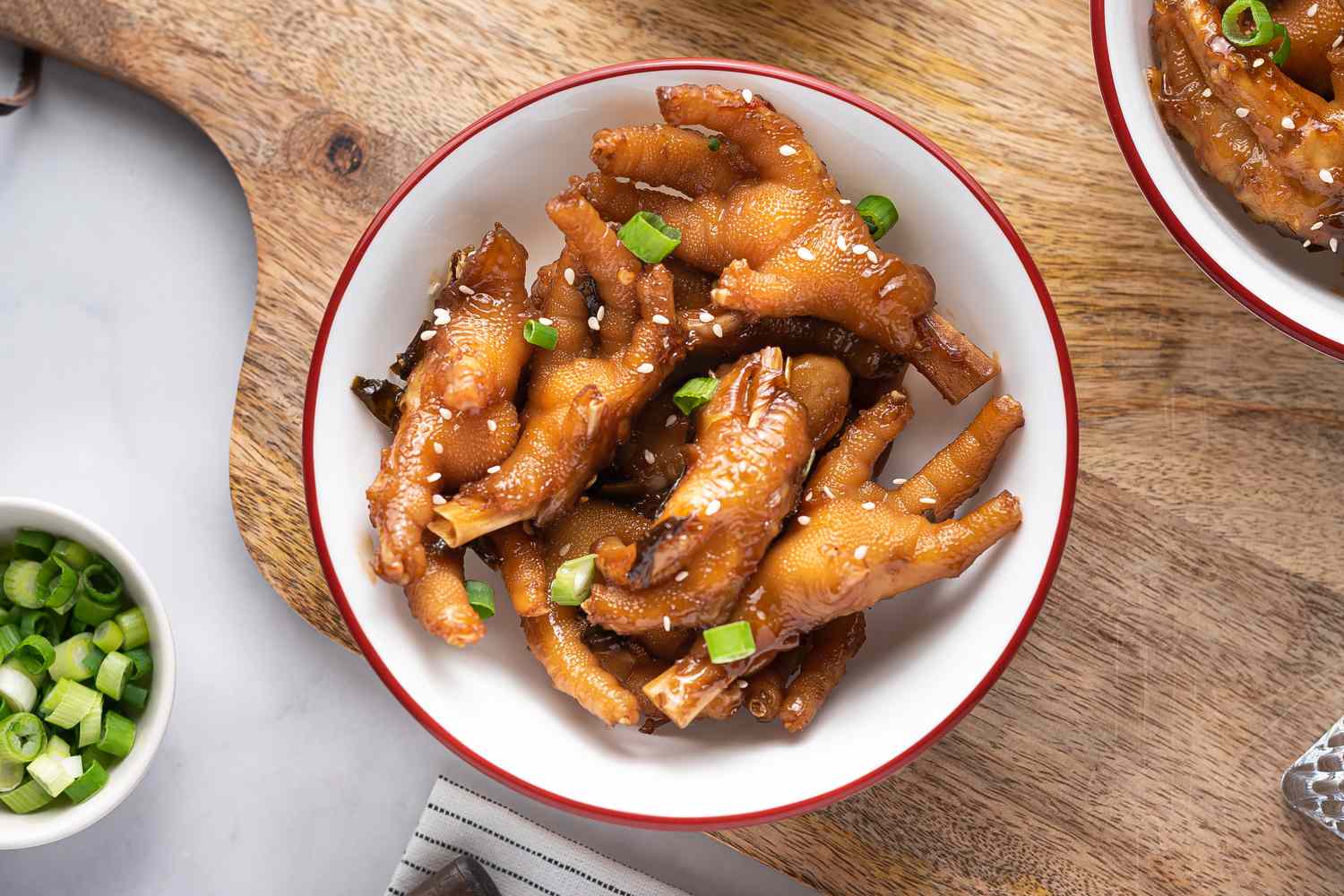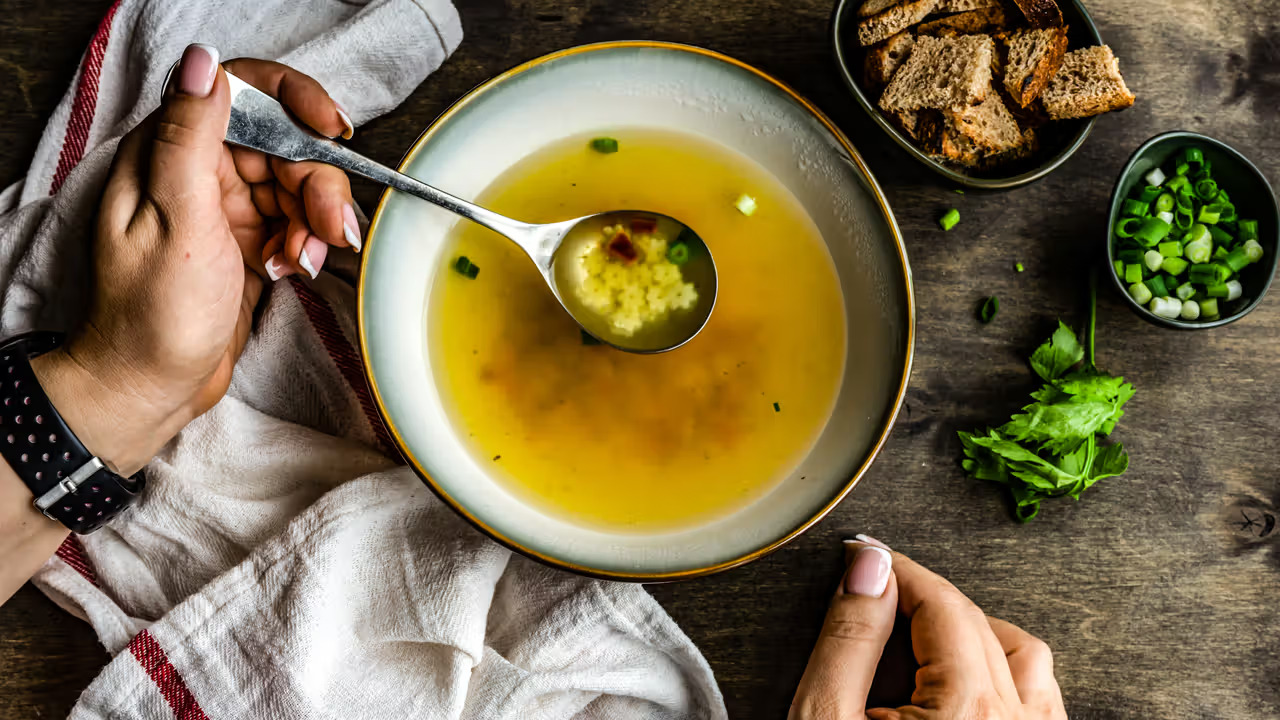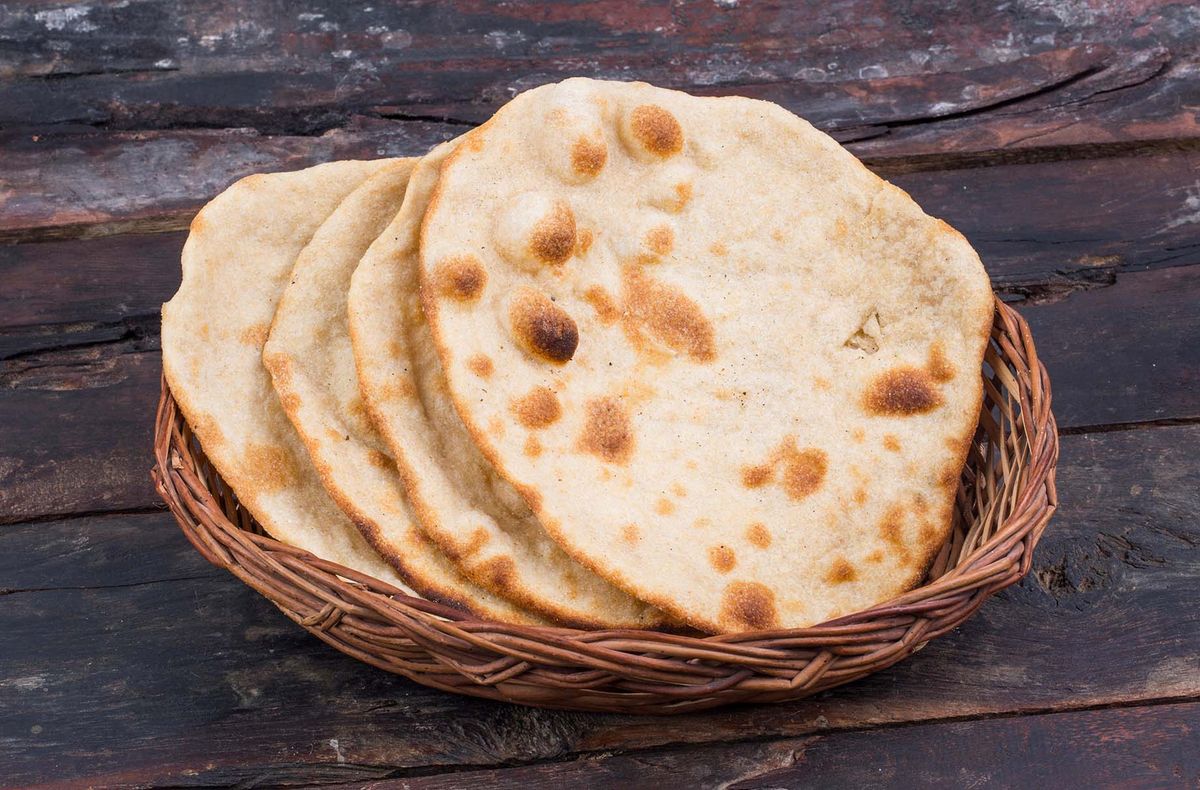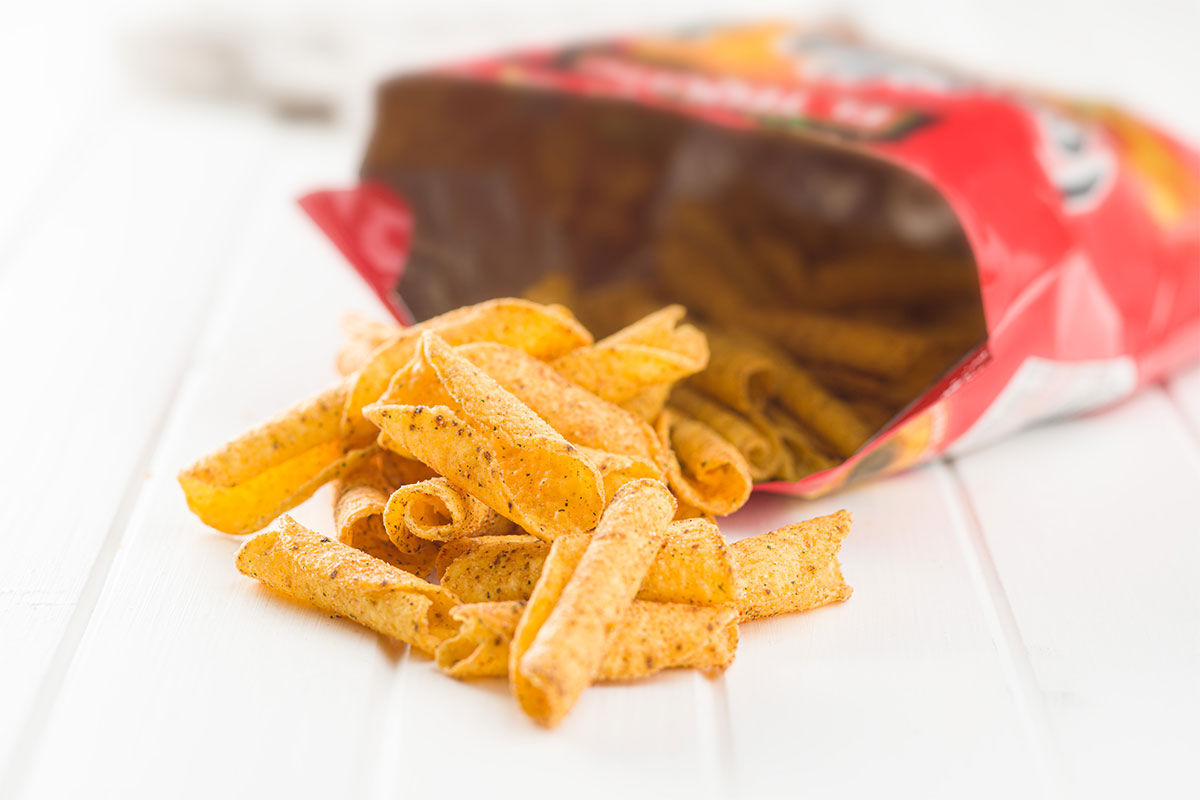If you're a fan of Italian cuisine, you may have come across the delicacy known as bottarga. This unique ingredient, often referred to as "the poor man's caviar," is a type of salted, cured fish roe that is popular in Mediterranean cooking. While bottarga may not be as well-known as some other Italian delicacies, it has a rich history and a distinctive flavor that can add a touch of luxury to your meals. In this article, we'll explore the ins and outs of bottarga and provide some tips on how to enjoy it.
What is Bottarga?
Bottarga is typically made from the roe of grey mullet or tuna, which is salted and cured to create a firm, flavorful product. The roe sac is carefully removed from the fish, cleaned, and then coated in salt to preserve it. After the curing process, the bottarga is left to dry, resulting in a firm, concentrated product with a rich umami flavor.
How to Eat Bottarga
If you're new to bottarga, you may be wondering how to incorporate this unique ingredient into your meals. Here are a few simple and delicious ways to enjoy bottarga:
-
Shaved Over Pasta: One of the most popular ways to enjoy bottarga is by shaving it over a plate of freshly cooked pasta. The rich, briny flavor of the bottarga pairs beautifully with the simplicity of pasta, creating a dish that is both elegant and satisfying.
-
Sliced on Toast: For a quick and easy appetizer, try slicing the bottarga thinly and serving it on toasted bread. Drizzle the toast with a bit of olive oil and a squeeze of lemon juice to complement the rich flavor of the bottarga.
-
Grated Over Seafood: Bottarga's intense flavor makes it a perfect complement to other seafood dishes. Try grating it over grilled fish or seafood risotto for a burst of savory goodness.
-
In Salads: Sprinkle grated bottarga over a simple salad of mixed greens, cherry tomatoes, and a light vinaigrette for a refreshing and flavorful dish.
Where to Buy Bottarga
If you're interested in trying bottarga for yourself, you may be wondering where to find it. Bottarga can often be found in specialty food stores, Italian markets, or online gourmet food retailers. Look for high-quality, well-packaged bottarga to ensure the best flavor and texture.
Tips for Storing Bottarga
Once you've purchased bottarga, it's important to store it properly to maintain its quality. Keep the bottarga wrapped tightly in plastic wrap or vacuum-sealed in the refrigerator. When stored correctly, bottarga can last for several months, allowing you to enjoy its unique flavor whenever the mood strikes.
In Conclusion
Bottarga is a versatile and flavorful ingredient that can add a touch of luxury to a wide range of dishes. Whether you're shaving it over pasta, grating it onto seafood, or enjoying it on its own, bottarga is sure to elevate your culinary creations. So, the next time you're looking to add a bit of Mediterranean flair to your meals, consider incorporating this unique delicacy into your cooking repertoire.











